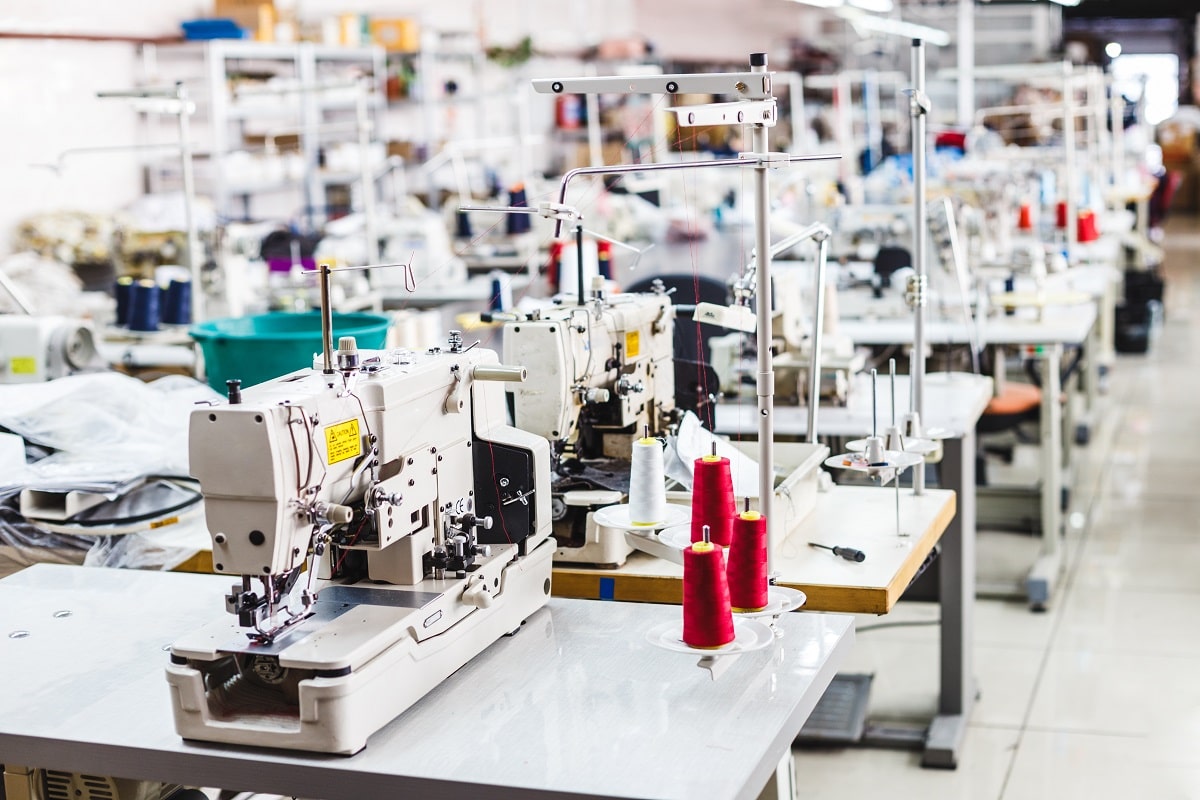In the realm of 3D animation, character rigging is a crucial skill that brings life and movement to digital characters. Whether you’re a seasoned animator looking to enhance your rigging skills or a newcomer eager to delve into the world of character rigging, this guide will provide you with a comprehensive overview of 3D character rigging techniques.
Character Rigging Fundamentals
Character rigging involves creating a digital skeleton (rig) for a 3D character, allowing animators to manipulate the character’s movements. Before diving into advanced rigging techniques, it’s essential to grasp the fundamental principles of character rigging.
Understanding concepts such as joints, IK (Inverse Kinematics), FK (Forward Kinematics), and controllers is key to building a functional rig.
Creating a Rigging Plan
Before starting the rigging process, it’s crucial to have a clear plan in place. Define the character’s range of motion, identify areas that require special rigging controls, and plan how the rig will interact with the character’s mesh. By outlining a rigging plan, you can streamline the rigging process and ensure that the final rig meets your animation needs.
Joint Placement and Hierarchy
Proper joint placement and hierarchy are essential for creating a robust rig that allows for natural movement. When placing joints, consider the character’s anatomy and how each joint will contribute to the overall range of motion.
Establishing a logical hierarchy ensures that joints move in a coordinated manner, preventing unwanted distortions in the character’s mesh.
Skinning and Weight Painting
Once the joints are in place, the next step is skinning the character’s mesh to the rig. Skinning involves assigning weights to each joint, and determining how much influence each joint has on specific areas of the mesh. Weight painting allows animators to fine-tune the rig’s behavior, ensuring smooth deformations and realistic movements.
Creating Control Rigs
Control rigs are the interface through which animators manipulate the character’s movements. By creating intuitive control rigs with custom controllers, animators can easily pose the character and create dynamic animations.
Implementing IK and FK controls gives animators flexibility in how they animate the character, whether focusing on precise movements or natural poses.
Advanced Rigging Techniques
To elevate your rigging skills, explore advanced techniques such as blend shapes, constraints, and scripting. Blendshapes allow animators to create facial expressions and morph targets, adding expressiveness to the character.
Constraints enable complex interactions between rig components, while scripting provides automation and customization options for rigging workflows.
Testing and Refining the Rig
After building the rig, thorough testing is essential to identify any issues or limitations. Animating the character through various poses and movements helps pinpoint areas that may require adjustments.
By soliciting feedback from peers or mentors, you can refine the rig to enhance its functionality and performance.
Continuing Education and Skill Development
The field of 3D character rigging is constantly evolving, with new tools and techniques emerging regularly. Stay abreast of industry trends by attending workshops, conferences, and networking events.
Consider enrolling in specialized courses, such as those offered by Yellowbrick, to deepen your rigging knowledge and expand your skill set.
Career Opportunities in 3D Character Rigging
Mastering 3D character rigging opens doors to a variety of career opportunities in the animation industry. From working as a character TD (Technical Director) at animation studios to pursuing freelance rigging projects, skilled riggers are in demand across the entertainment, gaming, and advertising sectors.
By honing your rigging skills and building a strong portfolio, you can position yourself for success in this dynamic field.
Conclusion
In the competitive landscape of 3D animation, mastering character rigging techniques is a valuable asset that can set you apart as a skilled professional. By honing your rigging skills, staying updated on industry trends, and exploring advanced rigging techniques, you can carve out a rewarding career path in 3D character rigging.
Key Takeaways:
- Mastering character rigging is essential for animators to bring digital characters to life with realistic movement and expression.
- Understanding fundamental concepts such as joints, IK, FK, and controllers is crucial for building a functional rig.
- Planning the rigging process, placing joints strategically, and creating control rigs are key steps in developing a robust character rig.
- Skinning, weight painting, and testing the rig are necessary for ensuring smooth deformations and natural movements.
- Embracing advanced rigging techniques like blendshapes, constraints, and scripting can enhance the expressiveness and functionality of the rig.
- Continuing education and skill development through workshops and specialized courses are essential for staying current in the evolving field of 3D character rigging.
- Career opportunities in 3D character rigging span across various industries, offering roles as character TDs and freelance rigging experts.
As you progress in your journey to master 3D character rigging, consider enhancing your skills further by enrolling in the “NYU Animation Industry Essentials” online course and certificate program offered by Yellowbrick. This program can provide you with valuable insights and hands-on experience to excel in the dynamic world of character rigging.








